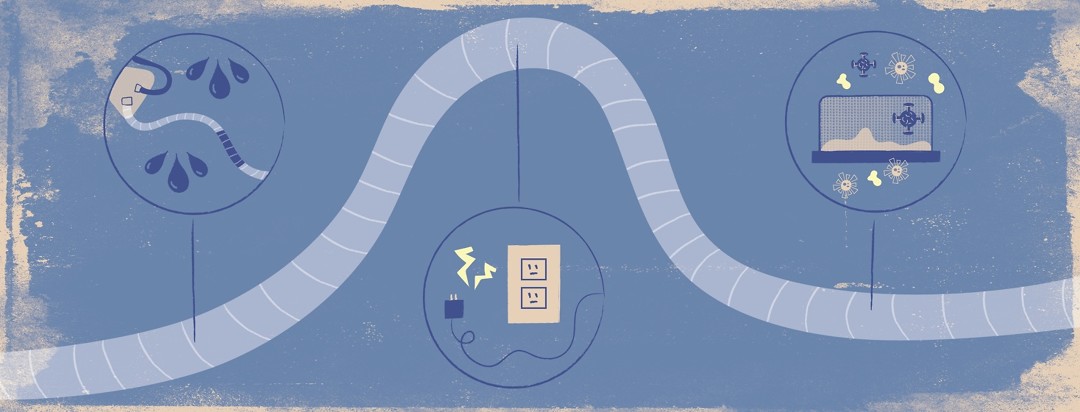Troubleshooting Common CPAP Tube and Machine Issues
When first starting out on continuous positive airway pressure (CPAP) therapy, there are so many things you need to learn. It’s common to run into issues, including how to fix common CPAP issues.
I’ll take you through the most common issues that I have run into and how to solve them.
Water in your tube
If you have ever woken up to a splash of water in your face or heard a gurgling sound, you have discovered water in your tubing. There are a couple of ways this can happen.
Overfilled chamber
The most common way is simply overfilling your water chamber, causing the pressure to push the water up and into the tubing. The solution for this is to be careful when filling your water chamber. I usually fill my chamber halfway to prevent overfilling.
Condensation
The other common issue that occurs is when the bedroom temperature is cool or cold. You have heated humidity coming from the machine, and once it hits the cool or cold air, it condenses in the tube, causing the water to splash around. An easy solution is having a heated tube or a tube cover. If those are not an option, you can place your tube under the blankets to help keep it warm.
Removing excess water
For both issues, you will need to turn your machine off and disconnect the tube from the machine. Carefully carry the tube to the bathroom and empty the water into the sink or shower/bathtub. Once all the water is drained, I reconnect the tube to the machine, turn the machine on, and let it run for a minute.
I like to tap the end of the tube to remove the excess water droplets that have been pushed up from the pressure. I do this by covering the end of the tube with a towel or paper towel. Otherwise, if I put my mask back on without getting those excess water droplets out, I’ll continue to have water in my mask.
Power issues
Power outages
The first time you lose power from your CPAP you will never forget it. I still remember my first power outage. I was sound asleep when all of sudden there was no pressure coming through my mask. It woke me right up, and I’m sure it will for you too. So in that case, I simply took my mask off and went back to bed without my CPAP. Don’t worry if you don’t notice the power going out. All masks have exhalation ports for you to exhale. The full-face masks have safety ports for this exact reason.
Power connections
Now for a power error – it is common for the cord to your power cord to come disconnected. So if you feel that you're not getting enough pressure, check your power cord. Or if you're like me, I was dusting my nightstand when I accidentally disconnected my power cord. I figured it out when my CPAP wouldn’t turn on.
The pressure feels too low
If you feel that your pressure doesn’t seem like it used to, I would check your filter. Many people forget to replace their filters. If the filter becomes dirty, the motor in the machine isn’t able to pull in the air, causing the pressure to feel low.
If, after changing your filter, the pressure still seems off, check your connections – mask, tube, and water chamber. Still having an issue? contact your homecare company for assistance.
Have you ever experienced an issue with your CPAP tubing? How did you resolve how to fix common CPAP issues? Share in the comments below.
Interested in reading more about getting the most out of your CPAP? Explore our featured collection of tips and tricks for CPAP users.

Join the conversation